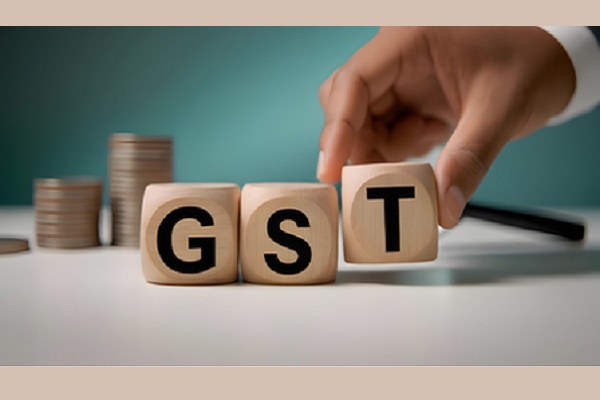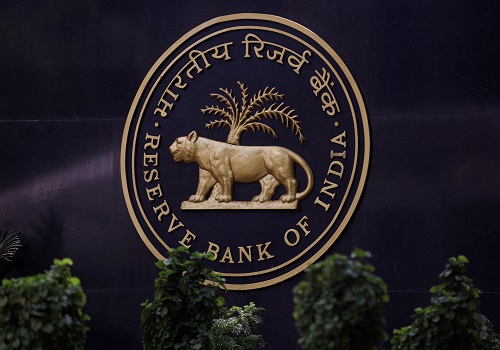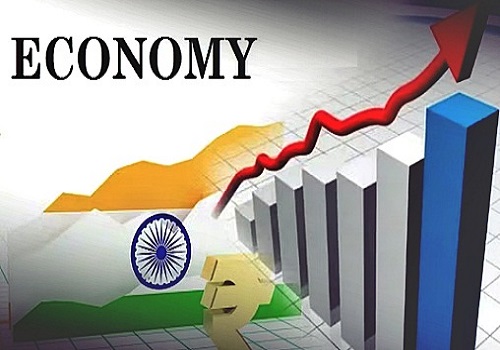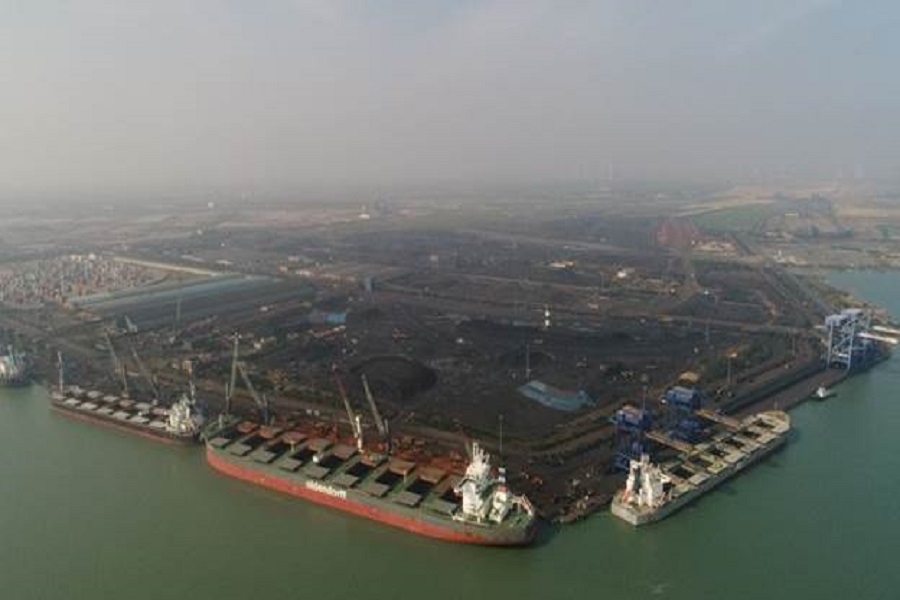India expects EU carbon tax to hit exports of steel, iron ore and cement
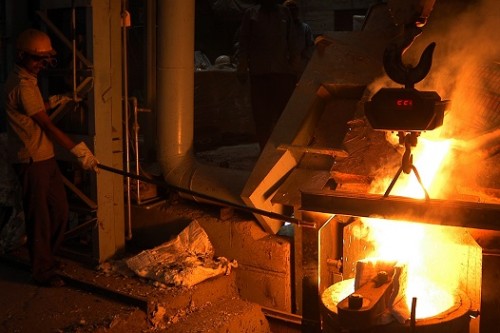
Already facing subdued demand from developed nations, India's exports are likely to be hit by the European Union's 20% to 35% tariffs on high-carbon goods like steel, iron ore and cement, the finance ministry said in a report released on Thursday.
In April, the EU approved the world's first plan to impose a levy on high-carbon goods imports from 2026, aiming to become a net zero emitter of greenhouse gases by 2050, some 20 years earlier than India's target.
Reporting of carbon content in exports to the EU would be required beginning Oct. 1, 2023, and the main goods affected would be steel, cement, aluminium, fertilisers, electricity and hydrogen.
"The impending downside risks to India’s exports include the European Union’s introduction of the Carbon Border Adjustment Mechanism," the finance ministry said in its annual economic report.
On the positive side, the report said energy prices were expected to remain at lower levels for the rest of the year, which should take pressure off the trade deficit.
India's merchandise trade deficit rose faster-than-expected in May to $22.12 billion, up from $15.24 billion in April, due to reduced demand for Indian exports from developed countries.
The report also said India's rural demand is on the path to recovery and the country is expected to see sustained economic growth for a long time.
It did, however, flag risks arising from geopolitical tensions and the impact of the El Nino weather phenomenon on the agricultural sector.
